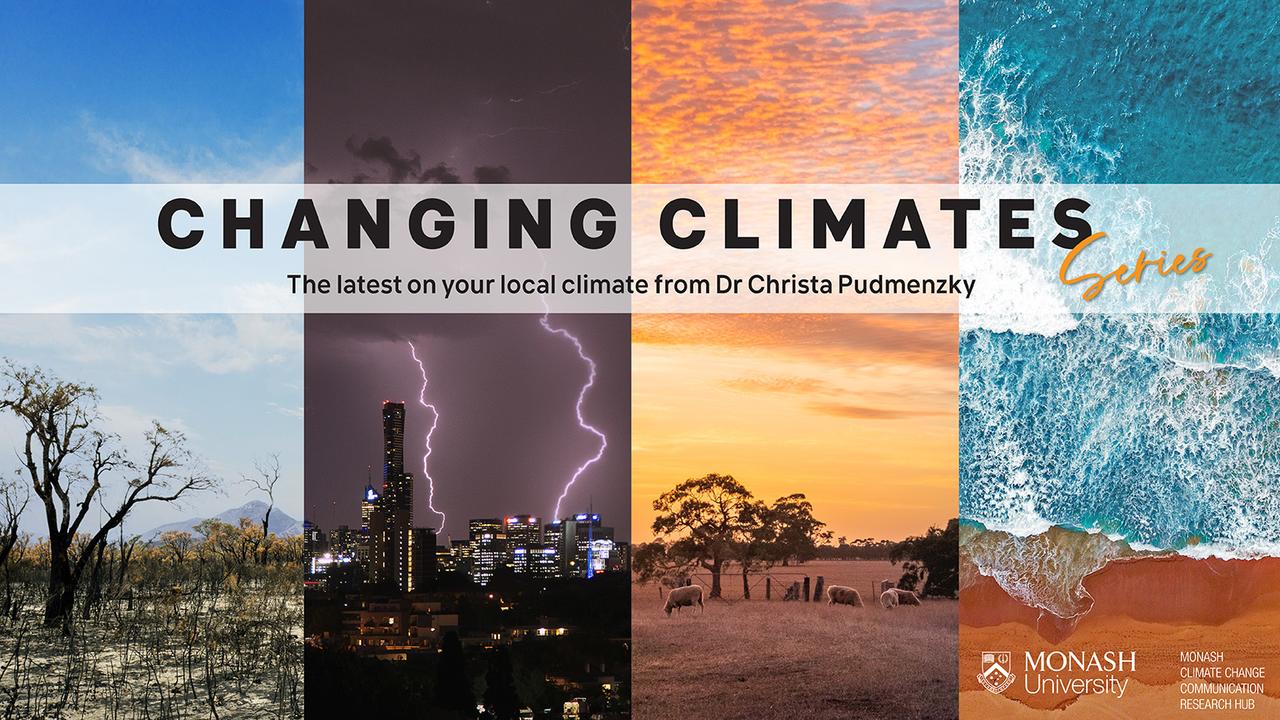Aussie ski season on thin ice as temperatures rise
The Australian Alps are set to see the biggest drop in snow cover of anywhere in the world. Host of Toowoomba's Changing Climates series, Dr Christa Pudmenzky, explains the role of climate change.

HyperLocal
Don't miss out on the headlines from HyperLocal. Followed categories will be added to My News.
As Aussies gear up for the winter season, dusting off the skis and unpacking winter woollies, there's one important element that might be missing: snow.
Spanning three million acres across southeast Australia, the Australian Alps is home to the highest mountains in the country.
This elevation means it can get pretty cold.
Above 1400m, snow is typically present for four to six months of the year, and in the depths of winter, over a third of the Australian Alps are dusted in snow.
However as temperatures climb with increasing greenhouse gas emissions, snowfall in this mountainous region is projected to decline.
The Australian Alps will likely see the greatest loss in snow-cover of all major skiing regions in the world, including Europe, North America and Japan.
Back in the 1980s, the Australian Alps were covered in snow for around 150 days – about five months of the year.
Now this figure sits at about 120 days, with a reduction to 81 days predicted over the next 50 to 75 years.
In fact, last year visitors were met with the lowest snowfall since 2006, and the fifth lowest since records began just over 50 years ago.

The winter of 2023 was also Australia's warmest on record, with the national average temperature around 1.5C warmer than the 1961–1990 average.
If we zoom in on Queensland and check out the winter outlook for this season, we see there is more than an 80 per cent chance of exceeding the median minimum temperature.

Melting mountains
These snow-covered slopes are a tourist magnet, with Aussies alone taking more than 2.5 million ski trips to the snowfields every year
But dwindling snow days pose a major threat to businesses, as many ski fields require at least 100 snow-cover days a year to remain viable.
Losing our snow would cost the Aussie tourism industry around $2 billion anually.

Some resorts have tried to plug the gaps with artificial snow, such as Perisher which spent $22 billion on a snowmaking system.
But this isn't a long term solution.
Making artificial snow is an energy and water intensive process.
To cover the equivalent of the area of an AFL ground requires one million litres of water – that's 220 olympic pools worth of water for a ski run less than 200m.
Additionally, once on the ground artificial snow is equally affected by weather conditions.
So when it's sunny and warm, the snow rapidly melts away.
Cooling down
While some resorts have even shifted to offering alternative activities like mountain biking in a bid to adapt, simply swapping one activity for another doesn't address the underlying issue.
Securing future snow seasons will require a tightened tap on greenhouse gas emission.
A simple way to limit our footprint is by carpooling, whether that's venturing up into the mountains or just going to work.
Adjusting our energy use habits can also help.
Think about snuggling up in a cosy jumper or blanket before reaching for the heater.
Alternatively, consider making the switch from a gas guzzling heater to an electric split system that is three times as efficient at warming a home and produces significantly fewer emissions.
While we can't all afford to purchase new appliances, adding more insulation or investing in heavy weight curtains can also help keep homes toasty while lowering bills and energy use.
By limiting our emissions, we can slow the snowball effect of climate change and enjoy white, dusted slopes for seasons to come.
Want more information on how your climate is changing? Check out the last article in this series.
Dr Christa Pudmenzky is a climate scientist at the University of Southern Queensland.
This column is part of a collaboration between Monash University and News Corp to deliver hyperlocal weather and climate information.






